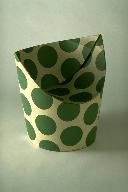
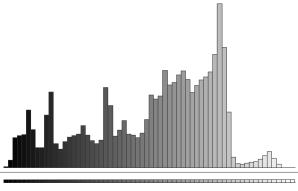
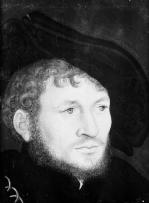
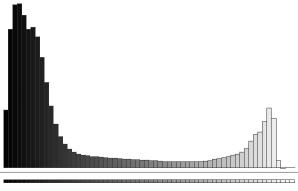
 [Back to the Index]
[Back to the Index]
The module allows retrieval of similar images based on the general distribution of brightnes in the image. It is really only suitable for monochromatic images, such as monochrome photography or radiography.
A monochrome histogram contains the frequency (i.e. number of pixels) of each brightness level (of which there are 64 in this module) that occurs within the image.
The module is good for retrieval of images based on a known query image if the retrieved
images are required to have a similar overall brightness distribution. It
is not suitable for retrieval of images based on a query image which is only part
of a complete image.
Module Properties
| Module Speed | Fast |
| Module Accuracy | Low |
This monochrome histogram matching algorithm simply uses the frequency of occurance of each level of brightness of the histogram within the image. The more of a particular brightness an image contains the higher its frequency will be within the histogram. Colour images in the database are converted to monochrome for matching with this algorithm, by converting RGB values to monochrome with (R+G+B)/3.
The histogram is made with 64 bins, a comprimise between speed (it takes longer to match more bins), and accuracy (the less bins the less discriminating the results would be - i.e. images which are less similar would have lower distances).
Before matching histograms are normalised so that the area underneath the histogram is unity (normalised by the number of pixels in the image). This means that the size of the image will not affect the match (other than any expected aliasing).
Here are some examples:
 | 
|
 | 
|
As with the HistogramRGB the background has an effect on the histogram, and therefore on the matching. In the second example the dark background is increasing the frequencies of the dark bins in the histogram.
The reason a monochromatic histogram is required, is that the colour histogram is not discriminating enough for monochromatic images. A 64 bin colour histogram has only 4 bins dedicated to grey-scale values. This means that most grey-scale images would look similar in a colour histogram. The histograms below show an image in both RGB and monochrome histogram space.
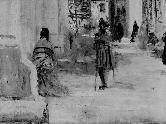 | 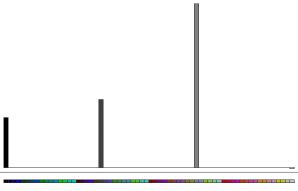 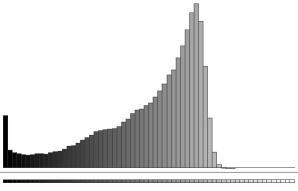
|
The following is an example query giving what would be considered good results.
Note: The matching is based only upon the general distribution of brightness in the image.
 |  |
 | 
|
| Query | 1 | 2 | 3 |
 |  | 
| |
| 4 | 5 | 6 |
The monochrome histogram is specifically designed for matching with monochrome images. It will also work with colour images, however. The necessity for having both colour and monochrome histogram is that the colour histogram, being designed for colour, is very inaccurate for grey-level images. The monochrome histogram algorithm is around 13 times more disriminating between monochrome images than the colour histogram is between monochrome images, because it contains 13 times more grey-levels.
The above example shows a large monochromatic image being used as a query within a small 1000 set database containing both black and white and colour images. Because the scope of the query was not limited to monochrome images, the retrieval found both colour and monochrome images. Notice that the monochrome images it found belonged to the same painting. This will not necessarily happen in all datasets, as it depends on the deviation of the query from the other images.
Used on its own you should definitely not expect the monochrome histogram algorithm to be able to find specific instances of objects (e.g. chairs, pots, etc). However, when used with a metadata search to locate similar types of object, this algorithm could locate those of a similar overall brightness distribution.
[Back to the Index]